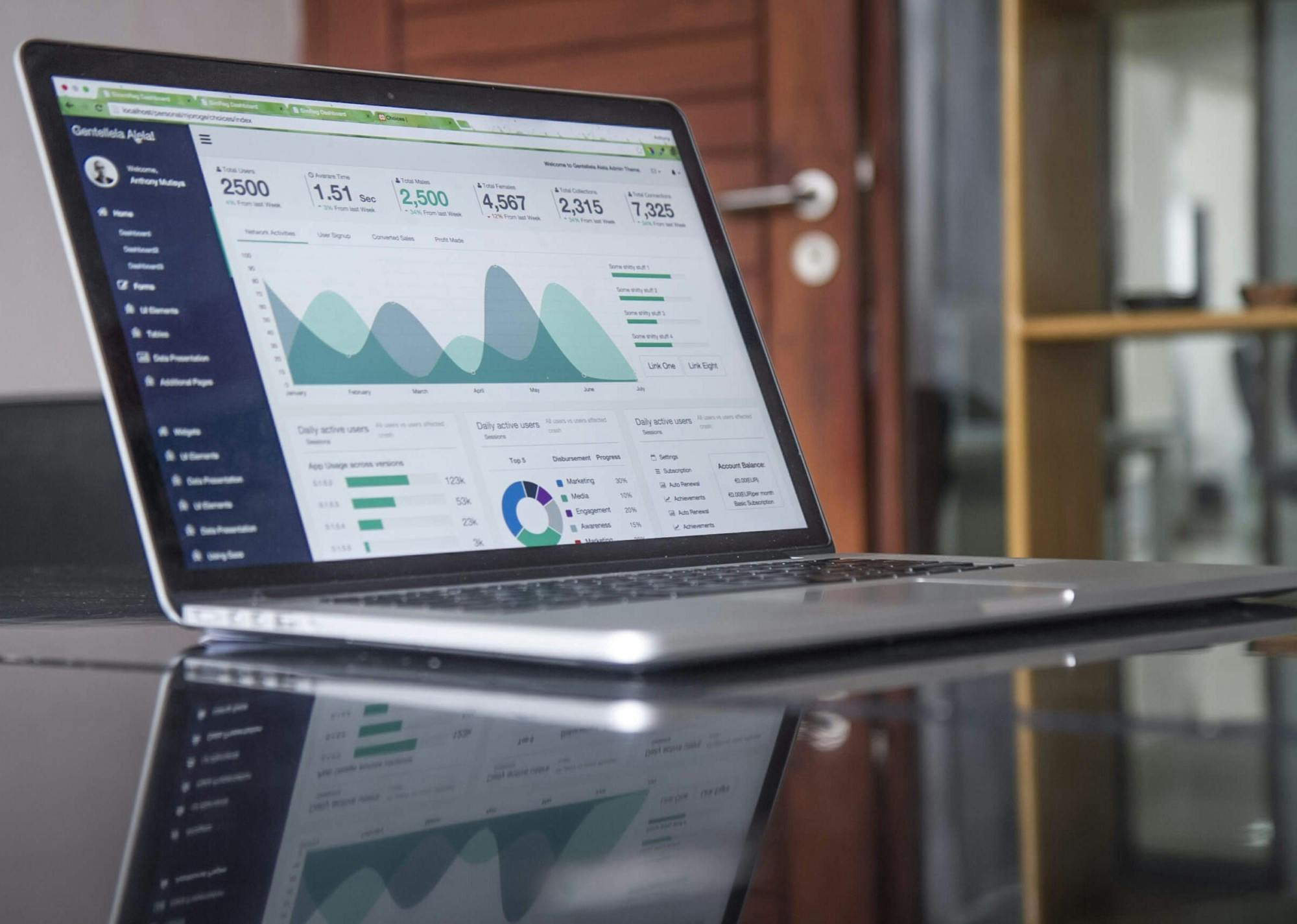There are a couple of aspects of the COVID-19 crisis that should be interesting for HR analytics pros:
- It is deep in data
- It is embedded in emotion
Studying data is already your forte, so let’s consider the emotional side. The two emotional camps might be divided into:
- Lives are at risk, and we need extreme measures
- Lives are always at risk; extreme measures do more harm than good
Remember, these camps don’t just exist on social media; they may well exist within your executive team. Can data solve the dispute between these two camps? Can we sit down rationally and make an optimal decision? Analytics pros might think this would be possible, but often it’s not, especially if people truly do have an emotional stake in their position. Data, on its own, rarely changes an opinion someone is committed to. This is particularly true when there is a ton of unclear data that each side can cherry-pick from.
This means that to help get good decisions, analytics pros need to have skills other than crunching numbers. They need to have, or be able to call on, skills such as conflict resolution, that will help people find an acceptable consensus.
Eventually, data and analytics expertise can help with the process. For example, an analytics pro can help everyone understand the quality of data, they can help people understand the level of uncertainty in projections, and they can help run “what if” scenarios. However, you only get to the point where people will look rationally at the data if they have gone through some of the conversational process that helps them get past the emotional conflict.
The key takeaway is that you have to deal with the emotional side first before you delve into the data. Otherwise, you end up in a data war driven by motivated reasoning and confirmation bias. That war will lead everyone to be mistrustful of data, which will undermine the opportunity to use data in the consensus-building process later on.
